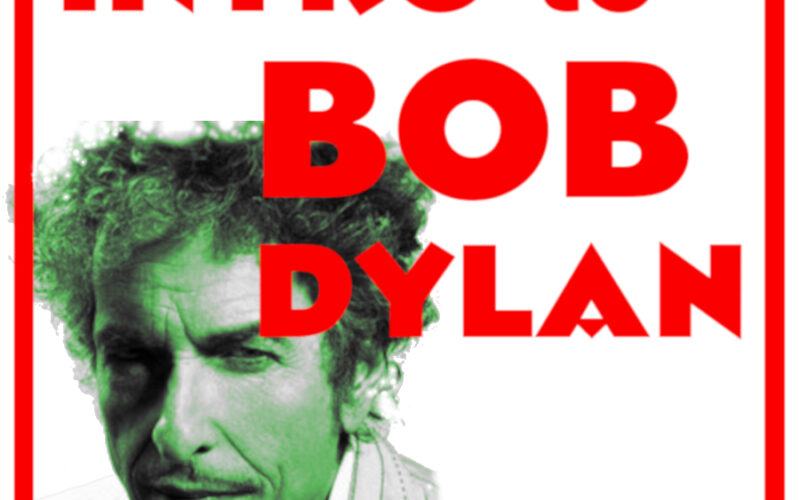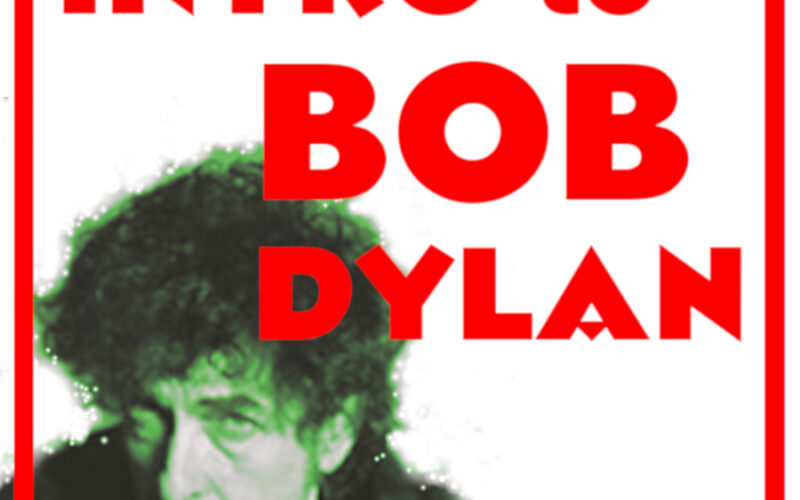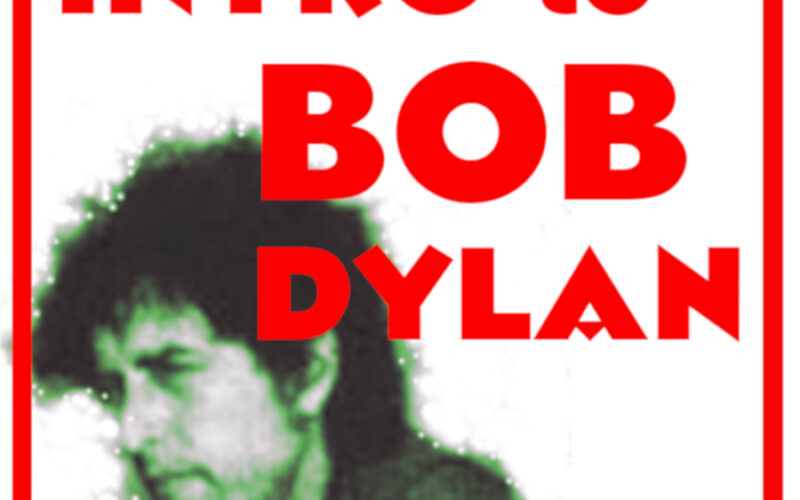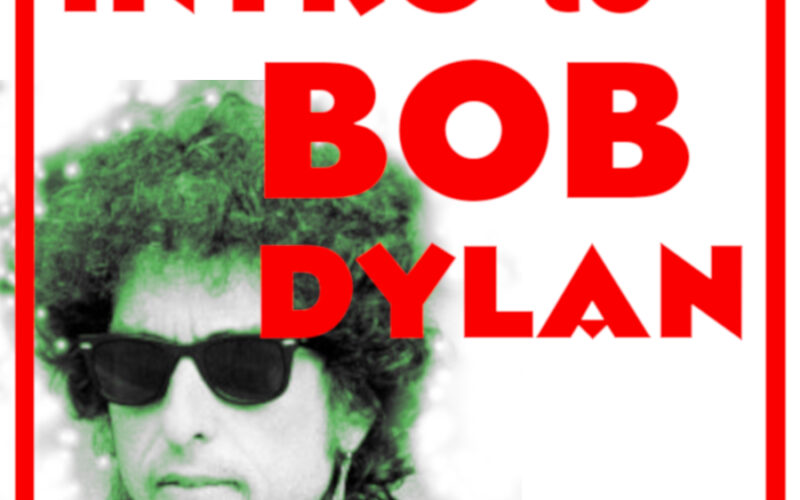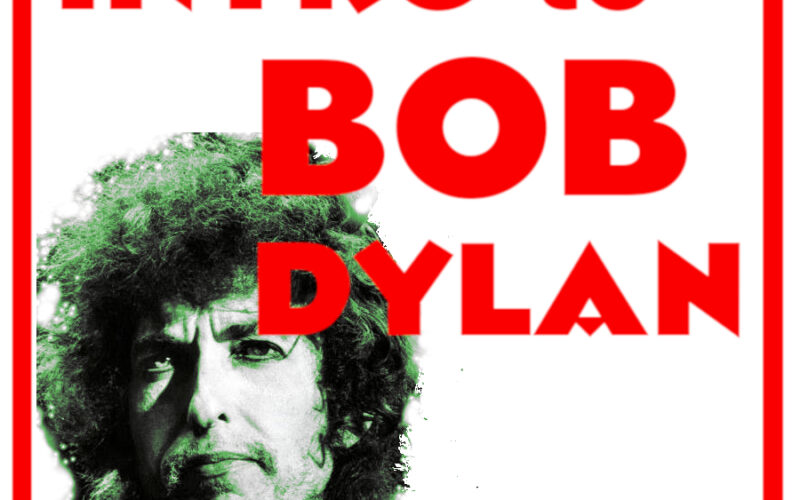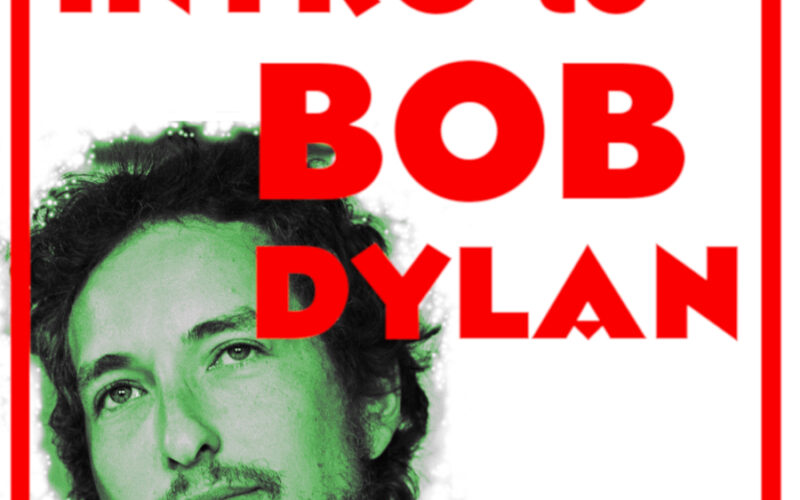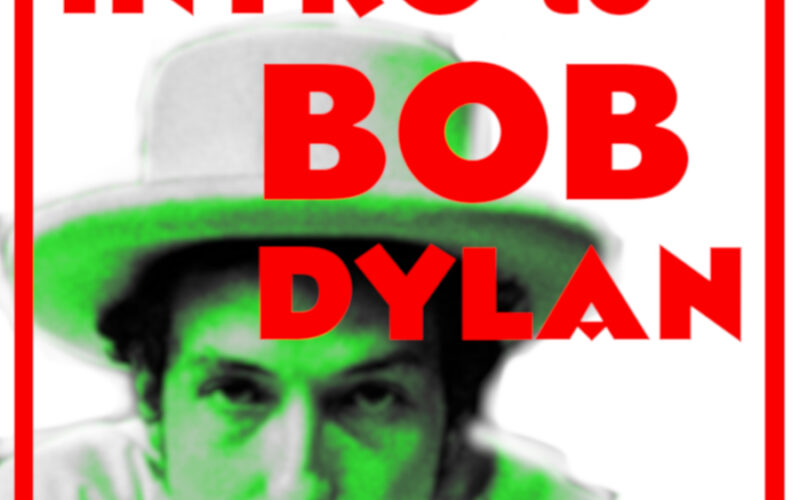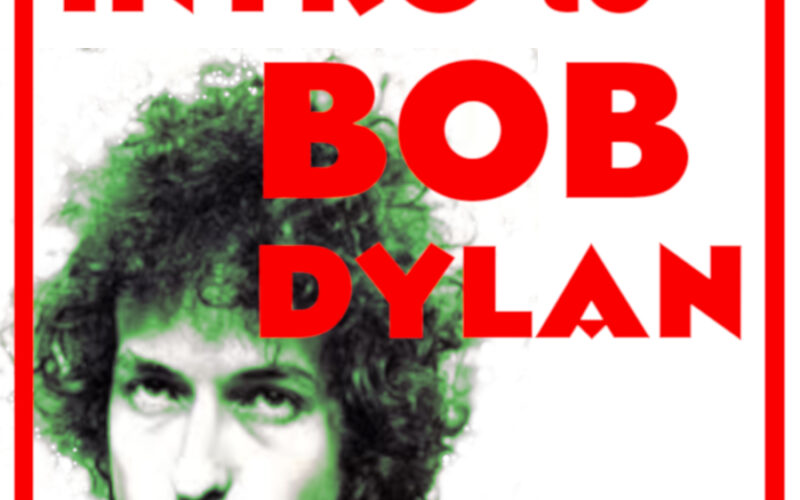Intro to Bob Dylan: HOUR ELEVEN
It had been a while since Bob had done something truly strange or surprising. Sure, there were those solo acoustic folk albums in the nineties, but those were more of a throwback to something he hadn’t done since his debut than it was something Dylan had never really tried before. He had some bad albums, but the last really strange set of records were the Born Again trilogy from the late seventies and early eighties. One would have worried at this point that the man who went electric didn’t have any more tricks up his sleeve.
So it was heartening in 2009 when Bob announced the arrival of his album Christmas In The Heart. For most artists, a seasonal holiday release signaled a quickly recorded and cynical cash-grab, but Dylan pledged that all monies from this album would be donated to charity, so that clearly wasn’t the motivation here. Instead it must be that Bob really, really wanted to record a Christmas album. And this is very much a Christmas album. The production brings to mind a 1950s Bing Crosby record with a small mixed chorus and sleigh bells and a tasteful restrained arrangement from the touring band.
As odd as it was, it was seen as a one-off and received surprisingly warmly. Of course, it helped that Dylan’s next record, Tempest, was a return to the originals and production style of most of Bob’s 2000s output. So, when in 2014, the Frank Sinatra tribute album, Shadows In The Night, was announced people were perplexed but not overly worried. They figured it would be Bob getting this out of his system before going back to business as usual.
Unlike Chirstmas In The Heart, Shadows In The Night was not produced to be reminiscent of the song’s original format. In fact, the sound is very similar to the more crooning ballads from Love & Theft or Modern Times – it was Bob’s usual touring backing band and not some big band brass section. Sure there were a few horns added here or there, but they were mostly for texture and mostly so low in the mix as to be inaudible. Again, the audience and critics embraced the record a lot more positively than one would have expected, mostly because it seemed harmless.
Rumors were at the time of recording Shadows In The Night, there was enough material left on the cutting room floor for an entire second album of Frank Sinatra covers, but no one was really hankering or demanding another album of that – so when those tracks did surface as 2015’s Fallen Angels, the reaction was a little more dismissive. Not that the album was really any worse (or different) from the last one – but everyone was a little more begrudging in indulging old man Dylan’s latest hobby.
Things really went off the rails the next year with 2016’s Triplicate. The albums titled stemmed not just from the fact that this was Bob’s third Sinatra album in a row, but because it was itself a triple album. Bob even brought out the swinging big band sounds for three or four tracks on the album, but few people made through all thirty tracks to find the handful of nuggets buried in there. Some folks were starting to get worried about Bob’s mental faculties and feared that this might be some new weird symptom of senility.
And that’s where the story ends. At least for now. There’s a new album coming out June 19th. Bob’s first collection of originals since 2012’s Tempest. That’s an even longer gap than the seven years that separated Under The Red Sky and Time Out Of Mind. Whether this is the start of the next phase of Dylan’s career, or it will just be more of the same as last week’s playlist is hard to say. Three songs have been released already, and they do feel very much of the Love & Theft through Tempest vibe, although one of these songs, Murder Most Foul is notable already for two things: At nearly seventeen minutes, it is Bob Dylan’s longest song, and it is the first #1 Billboard charting single Dylan has had in his entire career. So there are still a few surprises left up his sleeve.

